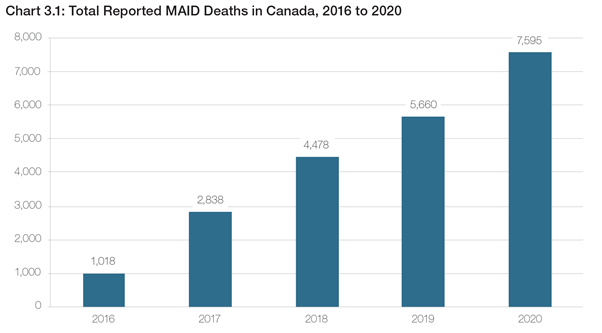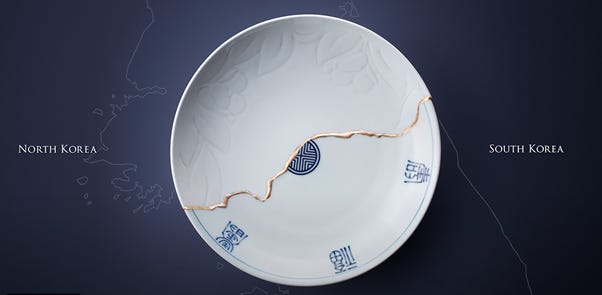August 2021 | Euthanasia's future; creativity & calling; the truth in liberalism
Canada’s latest euthanasia report shows us what’s at stake | Calling is core to the Christian life and our role as co-creators | Part VI of "How to be a Conservative"
Is the future Canadian?
Canada’s latest euthanasia report shows us what’s at stake
The clock is ticking, with just over three months to go until euthanasia and assisted suicide are legal in New Zealand. After years of debate, only time will tell exactly what impact the End of Life Choice Act has on dying and on our society more generally. But in the meantime, we can glean clues about what’s in store for us from other countries reporting on their experience. The most recent cab off the rank is Canada’s annual report for 2020, featuring an eye-watering increase in what they euphemistically call MAID, or medical assistance in dying. Continue reading

Kintsugi, calling, and creativity
Calling is core to the Christian life and our role as co-creators, but we can’t hear it if we’re not paying attention
Kintsugi is the ancient Japanese art of restoring broken ceramics or pottery. A kintsugi artist joins these fragments with a golden lacquer—“kin” means gold and “tsugi” means to reconnect—and in the process creates something new, something transformed that is like but also different from what existed before. The artist Makoto Fujimura describes it as a “‘resurrection’ into use again of what is broken” and this, I think, is an incredible metaphor for what it means to be called as a Christian and to work out our calling, a task that’s getting harder in a distracted culture. Continue reading

The truth in liberalism
Part VI of our canter through Roger Scruton’s “How to be a Conservative”
Jacinda Ardern is “unabashedly liberal” and leads a Labour Party that believes in an expansive role for the state so it can “ensure a just distribution of wealth.” David Seymour is an advocate for liberalism and leads an ACT Party that believes in “reducing the role of government.” Who’s the real liberal? As is often the case, it depends on what you mean by “liberal.” Like many political terms, its meaning has shifted over time and these examples reflect that evolution. Seymour’s is the traditional usage (often denoted “classical liberalism”) and Ardern’s the modern usage (which the Prime Minister herself describes as progressivism). The two lead in opposite directions but share a common history. So which one can lay claim to the truth in liberalism? Continue reading



